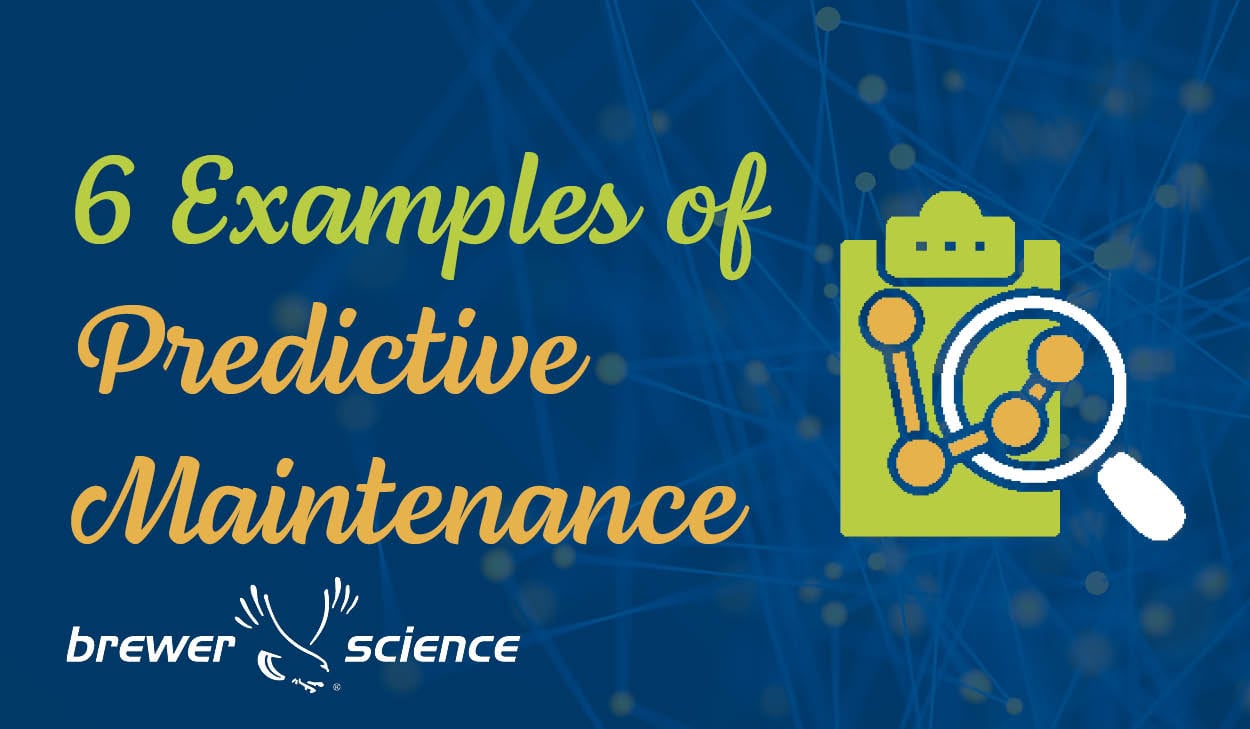Human beings have been achieving great things for thousands of years. We built the pyramids, mapped our genome, and even invented sliced bread, for crying out loud.
But for centuries, there was no feat that captivated or eluded us more than flight. It wasn’t until 1903 that it finally happened and now, just a little over a hundred years later, flying is almost as natural and common as riding a bike or driving a car and even space has become a frequent destination.
But how did we get here? Sensors may give us an answer.
Tremendous advances in aerospace have been made in the last hundred years and so many of them have to do with sensors. In honor of Boeing’s 100th anniversary, one of the foremost names in aircraft and technology, we’re going to take a look at two examples of the amazing role sensors play in aerospace.
Under pressure
Next time you take a flight, thank a sensor (and companies like TE Connectivity) for keeping you alive. All the little gadgets in the airplane’s cockpit ensure everything is running smoothly and almost every single one is connected to a sensor.
One simple, but crucial, example is the cabin pressure monitor. Maintaining proper cabin pressure is crucial to air travel, especially at the extremely high altitudes commercial planes travel. A loss of air pressure at 40,000 feet would be disastrous to say the least. And how do pilots monitor them? Pressure sensors.
Pressure sensors placed in the airplane’s cabin connect to a monitor gauge in the cockpit. They actively monitor cabin pressure throughout the flight and can sense instantaneously if pressure is nearing dangerous levels. If it is, the sensor sends that information to the cabin pressure monitor gauge and helps the pilot trigger an appropriate response.
The final frontier
Space travel takes an airplane’s need for safety to another level. Unlike a regular airplane, if something goes wrong on a spacecraft, there's no way to land, fix it, and take off again. Spacecrafts are closed-loop life support systems, which need highly efficient and highly reactive sensors in place to monitor a countless number of vital operations. An important factor to monitor is humidity.
Humidity sensors are needed for real-time process control over the critical O2, H2, and CO2 gas streams in these closed systems, according to NASA. Sensors like the Inflect™ moisture sensor can provide an efficient way for astronauts to monitor their craft in an extreme environment.
Just the beginning
These applications just scratch the surface, but they illustrate the inextricable role sensors play in aerospace technology and safety. While legacy companies like Boeing are around to help push the limits of how far humans can go, we’ll be working to help them along on their journey. </p





Subscribe to Our Blog